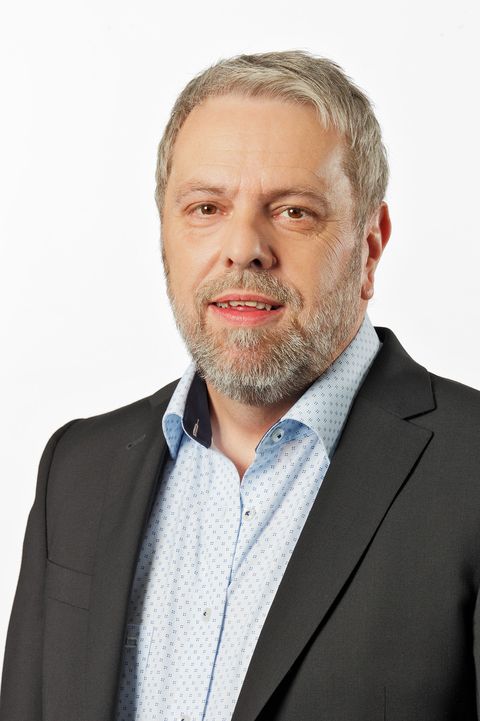The IoT is rapidly changing our living and working conditions. Interconnected devices, objects and machines are part of daily life already. We owe these developments to the advanced radio-, network- and sensor-technologies, without which today’s network would not have been possible (cf. "Konstruktionspraxis"). The name of the phenomenon has its origins in sensor-technology. Pioneer Kevin Astohn, born in Birmingham, worked on international standards for sensors at the Massachusetts Institute of Technology. He shaped the term Internet of Things in the context of RFID (radio-frequency identification). In 1999, the term was first used by Ashton, but of course the idea of connected devices was around for much longer. Numerous essays follow the IoT tracks even back to Nikola Tesla.
The term itself has been used in the media since 2003. If you google Internet of Things today, you’ll get no less than 1,370,000,000 hits.
But how should a single term do justice to the countless new applications and technologies? It is simply not possible and never will be. So it is not surprising at all, that in the last few years a large number of derivations and references have appeared. “Industry 4.0”, “Industrial Internet of Things”, “M2M (machine to machine) Communication”, “Industrial Internet”, “Web of Things”, “Internet of Everything”, “Embedded Internet” and “Industry of Things” are just a selection of the emerged phrases. Basically all terms are based on the same idea: a network of devices and machines. However, they cover different areas and set different priorities. One of the most important areas in the discourse is without doubt the industrial sector.
Industry 4.0 vs. Industrial Internet vs. Industry of Things
If we take a look at the discourse in Germany, the term “Industry 4.0” is predominantly used. This goes back to the research union of the German Federal Government as well as a project of the same name and a research platform. Meanwhile, in the English-speaking areas we often find “Industrial Internet”, but also “Industry 4.0” is used in the context of the fourth Industrial Revolution (cf. "IoT for all"). The core idea of all expressions is more or less the same: The digitalization of mass production by implementing robotics and sensors, smart factories, but also the paradigm shift from centralized to decentralized production structures. This is not at all about single production steps, but about optimizing the entire value chain. The value chain includes not only the finished product, but also maintenance and, as a final step, recycling. Various terms such as “Industry of Things” and “Industrial Internet of Things” were derived from the IoT term in this context. Therefore it becomes obvious that there was and still is a need of differentiation from the common terminology.
Semantic Approach: IoT / IIoT
It has already been tried to justify the different terms by the different requirements for both concepts (cf. "Digitales Wirtschaftswunder"). In industry, quality standards are of a crucial necessity. The best example is the automotive sector and its new IATF 16949 standard. In addition, security holes are possibly more disastrous here than the failure of the lighting control in our smart homes, for example. However, this theory cannot be preserved when it comes to smart cities or autonomous driving. The security requirements are vital and relevant in all areas of the IoT.
Another attempt to differentiate the phrases is based on the thesis, that the IoT is generally designed for interaction with humans, whereas the industry aims only at M2M communication (cf. "The Unbelievable Machine Company"). This distinction could be called Efficiency vs. Comfort. According to that, the IoT is in contrast to the IIoT a consumer-oriented technology and we inevitably think about smart household appliances. But also this approach cannot be applied to the whole IoT world, because in the ideal smart home concept, the devices communicate as independently as possible with as little interaction with the residents as possible. And, last but not least, again smart cities prove this distinction wrong. Smart LED street lighting is clearly about efficiency.
IoT – An Open Concept with limited Limitations
The IoT is not a closed concept or a single technology, but unites a variety of applications. The above illustrated difficulties suggest that we should see the IoT as a kind of generic term and need to assign it to a higher linguistic hierarchy level. We therefore reach an open IoT term that is increasingly difficult to grasp because of its numerous varieties and variations. It almost becomes as intangible as the content it describes: a global infrastructure based on real-time data transfer that revolutionizes all areas of life. The MinebeaMitsumi subsidiary Paradox Engineering predicts that until 2020 there will be 200 billion connected objects, which means 26 smart objects for every human being on earth. This creates unprecedented opportunities for cities, industries and people.


